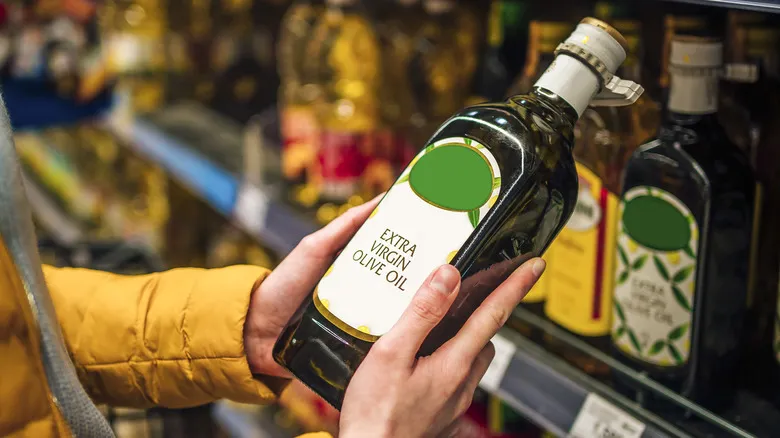Look for the least refined oil
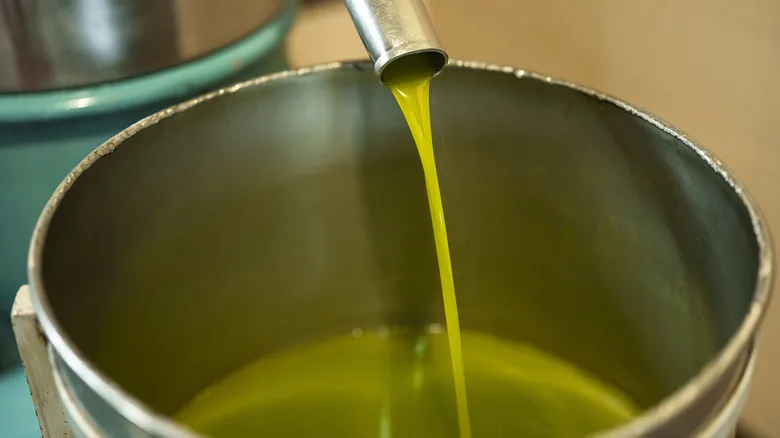
In simple terms, when it comes to high-quality olive oil, less refinement is preferable. Labels like extra-virgin, virgin, pure, premium, and light-tasting indicate the level of refinement an oil has undergone. Naturally, extra-virgin signifies the highest quality, as it is produced without the use of heat or chemicals, preserving the maximum flavor and antioxidants from the olives. While extra-virgin is often the preferred choice for its superior qualities, there are many applications for olive oils that do not meet this standard, particularly in cooking and frying.
Terms such as virgin, plain, premium, classic, and pure refer to oils that have been overly refined to qualify as "extra-virgin." Typically, these oils may be blended with a small amount of higher-quality oil, resulting in a much lighter flavor profile, hence the term "light-tasting" olive oil. Additionally, olive-pomace oil is a lower-quality option made from the remnants of processed olives. Various organizations worldwide, including the European Union's Commission Implementing Regulation and the U.S. Department of Agriculture, oversee the quality of olive oil based on these classifications.
Cold pressed means higher quality
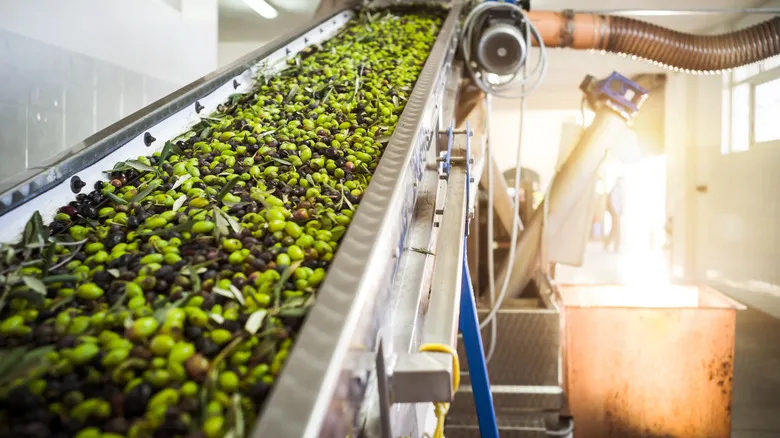
When you come across phrases like "first press" or "first cold-pressed" on an olive oil label, you might be inclined to dismiss them as mere marketing jargon. After all, isn't all olive oil made by pressing olives? The answer is somewhat yes, but there is a significant distinction between oil extracted using a standard expeller press and that obtained through the "cold-press" technique. This difference primarily revolves around the temperature used during the extraction process.
Once the olives are harvested and cleaned, they must be crushed, milled, and pressed to extract the flavorful oils and separate them from unwanted byproducts like pulp and water. The finest quality oils are produced without exceeding a temperature of 27 degrees Celsius (approximately 80 degrees Fahrenheit), which is why they are labeled "cold-pressed." Excess heat, whether introduced to expedite production or generated through friction, can compromise the oil's nutritional value, flavor, and aromatic characteristics.
Be familiar with the flavor profile
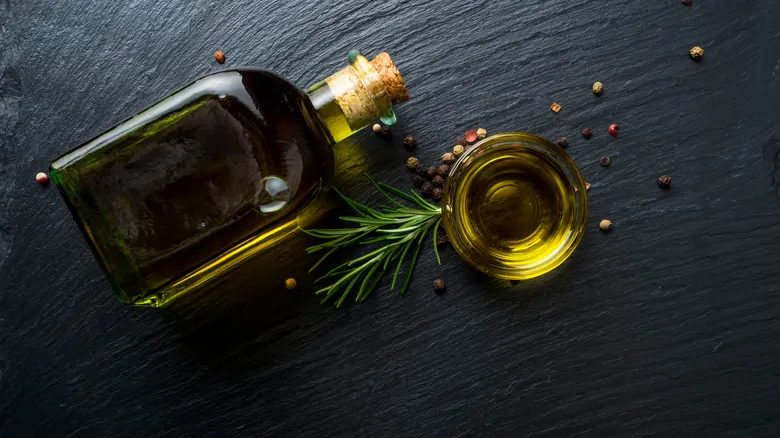
When it comes to flavor profiles, each olive oil is unique. The taste of an olive oil can vary widely, ranging from strong and peppery to rich and buttery, influenced by numerous factors. These include the specific olive variety used, the region of cultivation, seasonal weather conditions, the timing of the harvest, and the production methods employed. Generally, high-quality olive oil will exhibit a distinct bitterness, attributed to oleocanthal, a natural antioxidant that also contributes to the oil's peppery flavor.
Additionally, you may encounter a variety of flavored or infused oils that incorporate complementary tastes such as garlic, citrus, various herbs, or even chili peppers. These gourmet oils typically adhere to the same quality labeling standards as regular olive oil, although it's important to note that the infusion process often involves heating the base oil with the added flavorings. (This can even be a fun and simple DIY project.) Extra-virgin olive oil infused with complementary flavors can be used just like regular olive oil, adding a refreshing twist to any dish, dressing, or marinade it enhances.
What about finishing oil?

Whether you enjoy spending your evenings watching cooking shows or not, you’ve probably come across the term "finishing oil" at some point. But what exactly is a "finishing oil," and how does it differ from other oils on the shelf? As the name suggests, "finishing" oils are intended to be drizzled over a dish just before serving, rather than used for cooking. The focus is on the oil's subtle flavor profile and how it enhances the other ingredients in the dish. Renowned chefs like Martha Stewart and Gordon Ramsay often rely on high-quality extra-virgin olive oils to elevate their culinary creations.
Finishing olive oils typically come in smaller bottles compared to their versatile counterparts and may be marketed based on specific flavor characteristics, such as fruitiness, pungency, or butteriness. A simple drizzle of a premium finishing olive oil can elevate nearly any dish you prepare, from a perfectly grilled meat to a fresh salad.
Does country of origin matter?
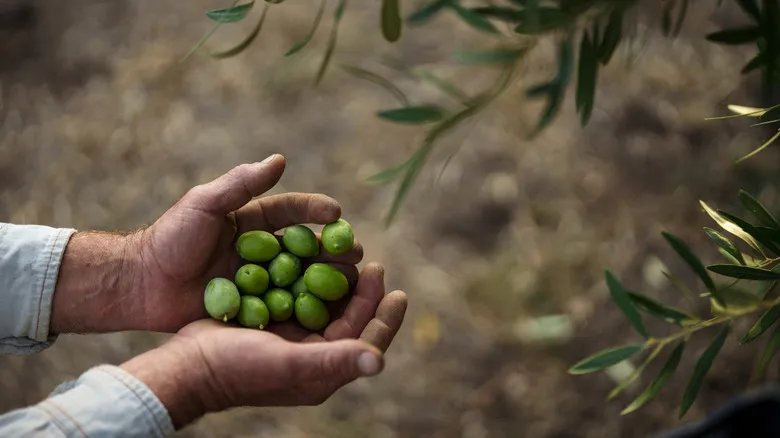
Olive oil of various qualities is produced in numerous countries worldwide, with some of the most renowned being the Mediterranean nations that are home to indigenous olive tree species, such as Italy, Spain, Greece, and Tunisia. Spain stands out as the global leader in olive oil production, generating approximately 5.96 million tons annually. In the United States, California is the primary state for olive oil production, boasting over 400 producers and 75 distinct varieties of olive trees.
But how does the origin of the olive oil impact its characteristics? Simply put, while the country of origin may not directly determine quality, it can affect flavor and other attributes. For example, in Greece, there are several notable regional differences—oils from the island of Lesbos are recognized for their subtle sweetness, whereas many oils from the southern Peloponnese are characterized by a robust peppery flavor. Additionally, factors such as the timing of the harvest and the specific olive species used also play a crucial role in the final product that reaches your shelf. Consequently, many producers blend different monovarietal oils (those made from a single olive variety) to create a specific flavor profile. Therefore, don’t be surprised if a particular bottle of oil lists multiple countries of origin.
Consider the costs

When it comes to olive oil, the saying holds a lot of truth: you generally get what you pay for. However, the factors influencing the prices of various olive oils extend beyond just quality. Naturally, you'll spend more on a small bottle of cold-pressed monovarietal extra-virgin olive oil compared to a standard-sized bottle of Trader Giotto's blended EVOO. Yet, you might be surprised to discover how much elements like weather and crop yield can affect the price of olive oil at your favorite local store.
For example, consider the recent rise in the cost of Spanish olive oil. A lengthy drought, extremely high summer temperatures, government-imposed water usage restrictions, and disruptions in Turkish oil exports have all played a role in the skyrocketing price of Spanish olive oil, which reached $8,900 per ton just last month (according to Forbes). As severe weather continues to impact olive-growing regions worldwide, it will also influence the global price of olive oil. Nevertheless, it is still possible to find a quality oil at a fair price — but it may require a bit more discernment than simply strolling down the aisle and grabbing an appealing bottle. (Let’s be honest, we’ve all done that.)
Remember that packaging matters
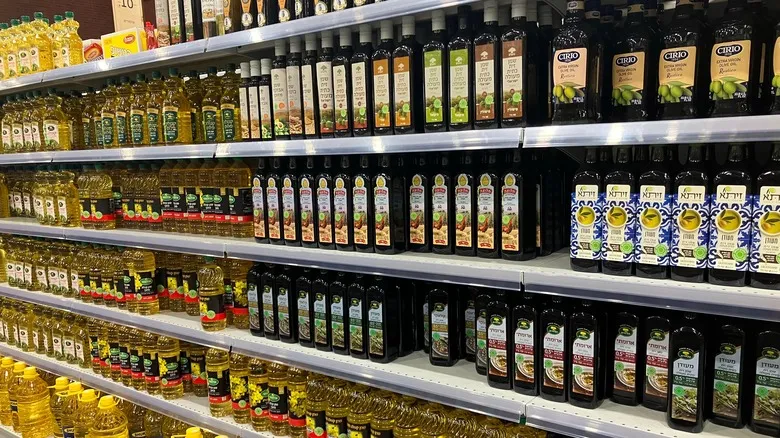
Believe it or not, you can gauge the quality of an oil without tasting it—just know what to look for on the packaging. The bottle should ideally be made of metal or opaque glass, typically in dark green or amber hues to block light, which can adversely affect the oil's quality. While plastic is a cost-effective and sturdy option, it is not the best choice for packaging due to its porous nature; unlike glass or metal, plastic can easily let light, heat, and air in, which can shorten the oil's shelf life.
In addition to the packaging material, check for a harvest date (the date the olives were picked), which is often found on the label alongside a best-by date. Ideally, properly stored oil should retain its quality for up to three years after the harvest date. However, not all producers include a harvest date on their bottles, and this absence does not automatically indicate inferior quality. For oils blended to achieve a specific flavor profile, it may be impractical to provide a single harvest date. High-quality oils will also prominently display their country or countries of origin, and for oils from certain regions, look for a seal that guarantees quality. For instance, California's COOC (California Olive Oil Council) seal certifies that an oil has met strict chemical and sensory standards before being sold.
Enjoy the healthy fats
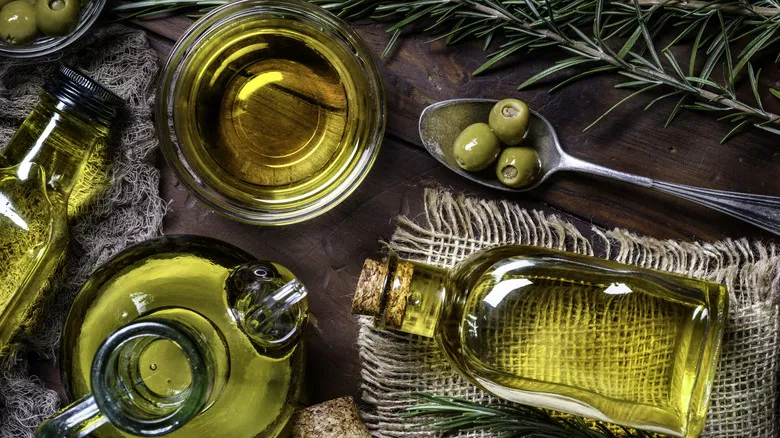
If you needed another excuse to drizzle olive oil over your favorite meals, consider its remarkable health benefits. In ancient times, Hippocrates—known for the Hippocratic Oath—called it "the great healer" and praised its medicinal qualities. Today, contemporary medicine has discovered that, despite its high fatty acid content, olive oil is rich in beneficial antioxidants and can help prevent or treat conditions like inflammation, strokes, and heart disease. In fact, some studies even suggest that a diet rich in olive oil may aid in weight loss.
To fully enjoy the health advantages of olive oil, opt for high-quality extra-virgin varieties that contain no trans fats. Olive oil is naturally free of trans fats, so if a nutritional label indicates otherwise, it likely means the oil has been blended with a hydrogenated oil and does not meet premium quality standards.
Properly store your olive oil
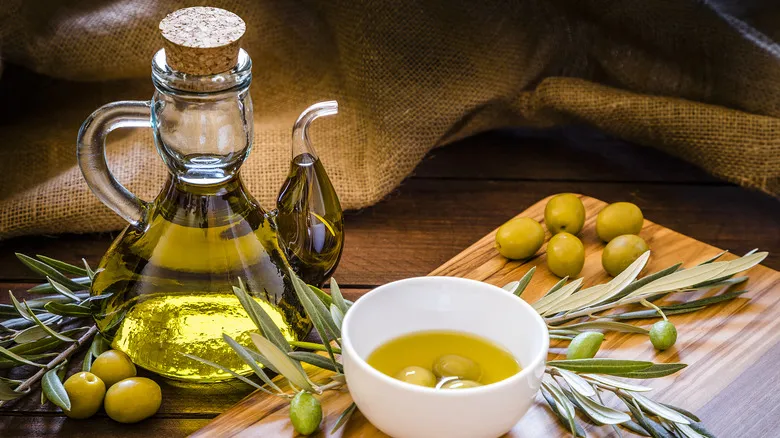
Unlike wine, olive oil does not improve with age. In fact, it's generally advisable to pay attention to the best-by date on the bottle, and once opened, it should be consumed within a few weeks or, at most, a few months. However, there are several steps you can take to maintain the quality, flavor, and health benefits of your preferred olive oil. First and foremost, store the bottle in a cool, dark location, away from the stove or any heat-producing appliances, as heat can cause olive oil to spoil. A shelf in a dark pantry is typically an excellent choice.
Some might argue for keeping olive oil in one of the coolest, darkest spots in your home: the refrigerator. While refrigerating olive oil can cause it to cloud and solidify, this does not affect its flavor or health benefits. However, it does take time for the oil to return to a liquid state once it’s back at room temperature. Additionally, repeatedly solidifying and thawing olive oil can lead to a breakdown of its more delicate flavors. Generally, storing it in a cool, dark pantry is the best option.
Recommended
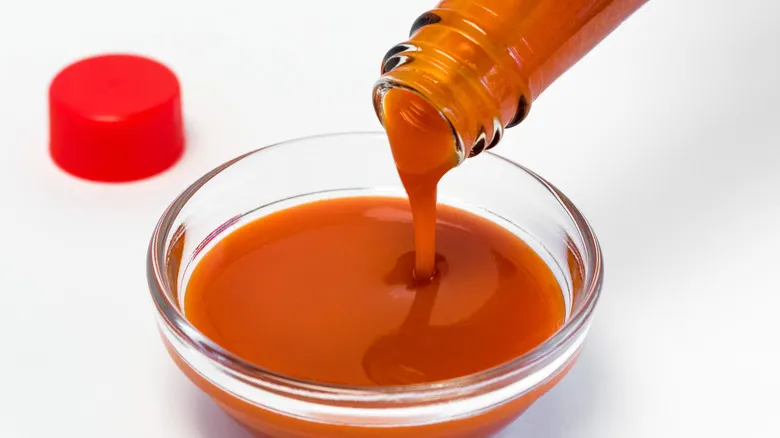
How To Tone Down The Heat Of Your Homemade Hot Sauce
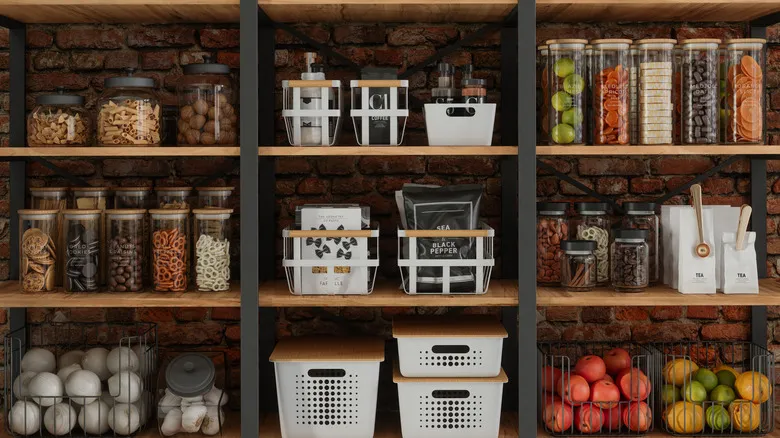
Say Goodbye To Pantry Pests With These Easy Tips
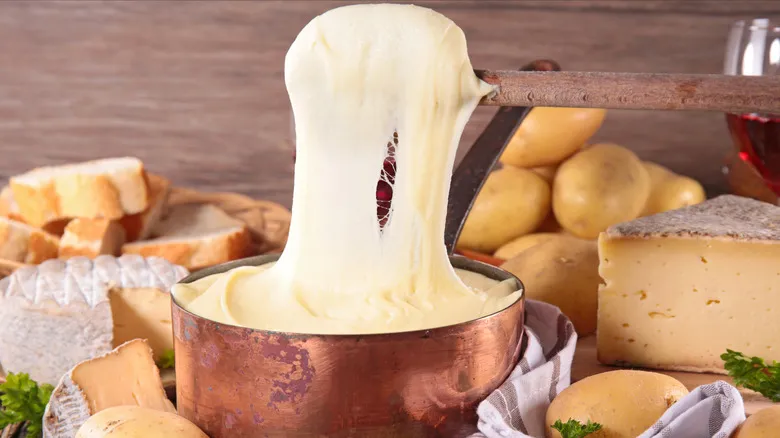
What Is Pommes Aligot And How Is It Different From Regular Mashed Potatoes?
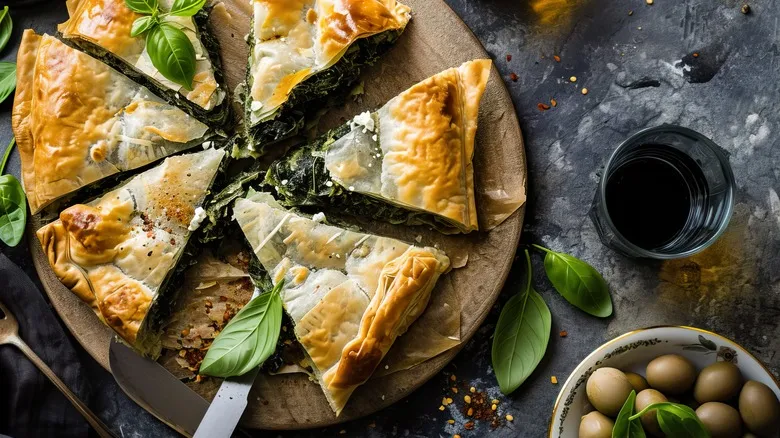
How To Add A Unique Breakfast Twist To Spanakopita
Next up

